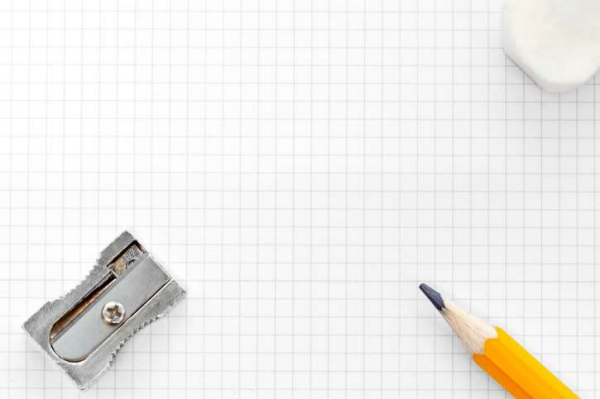Editor's note: This blog post was originally published January 5, 2016.
There are so many different forms of “math tools” that can be used on a daily basis. I’ve written many blogs about manipulatives and tools to use at home to support the work your child is doing in math class. They can be anything from number lines to hundreds charts to digit cards. When I’m visiting different classrooms and working with teachers, I always take note of what manipulatives the teacher and students are using. Some students wait until a teacher suggests they use a certain manipulative and some decide on their own what tools they need to use to answer a specific question or solve a problem. It becomes very evident if students are familiar with a tool depending on their comfort level. The more comfortable a student is with a manipulative, the more flexible he or she is with it and therefore will use it in the most effective and efficient manner.
I believe one of the most underrated math tools used is graph paper. Whenever I ask teachers or students if they use graph paper they of course say yes. But when I ask them how they use it, the typical response is that they use the paper for graphing. Obviously graph paper is great for graphing but I believe it can be used for so much more! In my class, graph paper wasn’t an option that students could choose if they needed it but something that was at their desk and ready to be used everyday. It actually replaced their blank “scrap” paper and became a more organized way to show their thinking.
I believe students as young as first grade should be using graph paper instead of blank or lined paper. Imagine being seven-years-old and having to draw a number line on a blank piece of paper — it can be daunting to try to make your math model match your teachers and look perfect. But on graph paper the lines are already there for you. Below are some ways that graph paper can be used to help your children organize their work. I suggest getting either a spiral notebook or composition book of graphed paper to help with homework and studying at home. There are different sizes for different ages so whether you choose ¼ inch or 1 inch, consider providing this tool for all your children at home.
Graph paper can help students when creating, drawing and organizing their work when using:
- five and ten frames
- counting
- number lines
- arrays
- part-part-whole models
- area models – multiplication and division
- fractions
- decimals
- adding, subtracting, multiplying, dividing – lining up numbers vertically or horizontally
- skip counting
- even/odd numbers
- finding factors and multiples
- collecting and representing data
- geometry


